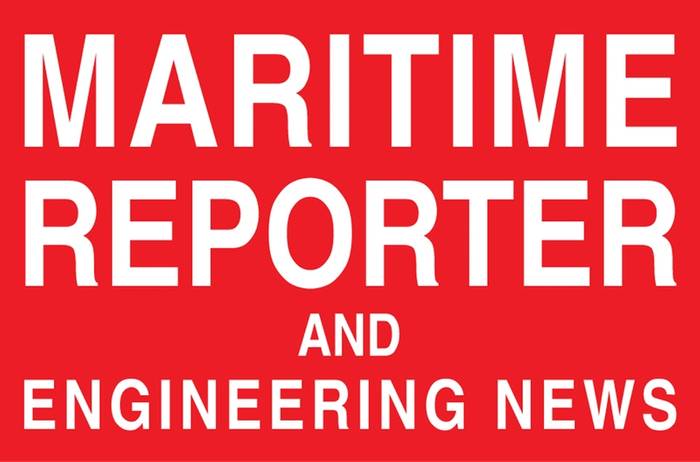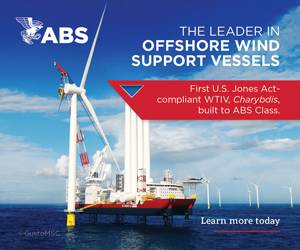Insights
Floating Wind
Floating Offshore Wind Comes of Age
By Adam Reed, Global Leader – Offshore Renewables and Upstream Energy at Allianz Commercial
The commercial deployment of floating wind turbines is one of the most exciting developments in the offshore space and is seen by many as the key to meeting future net-zero commitments.
Conventional fixed-bottom offshore wind turbines are generally suitable for waters up to 60m deep (197 feet). But around the world, 80% of offshore wind blows over seawaters that are deeper than that and further away from shore. This means fixed turbines are either impossible to install or not economically viable.
In the past, water depth has limited the extent of offshore wind deployment, but the rapid advance of floating offshore wind [FOW] technologies is driving huge change in this area. So-called ‘floating’ offshore wind turbines are in fact anchored or moored to the seabed. They allow power to be generated over deeper water with higher, more consistent wind speeds. Their commercial deployment opens up huge potential for offshore wind to develop beyond the historic offshore hub of the North Sea to the Pacific, the Atlantic, the Mediterranean and elsewhere. Countries beyond Europe are exploring the feasibility of floating offshore wind, including South Korea, Japan, China, Taiwan, Australia, and now, of course, the US, as part of the Biden-Harris investment drive in renewables. It is also being considered for its potential in converting seawater into green hydrogen for export.
A recent Floating Offshore Wind Report from TGS | 4C Offshore forecasts that 12.4GW of potential floating wind capacity will be operational or under construction globally by 2030, rising to 39GW by 2035.
The UK, Norway, Portugal, China and Japan are currently the top five markets in total net floating wind installations, according to the GWEC, but by the end of 2030, the top five floating markets are likely to be the UK, South Korea, China, Portugal and Norway. Between them, France and China have 300MW of floating projects in pre-construction and set for construction late 2023 or 2024.
By 2050, 15% of all offshore wind installed capacity will come from FOW, according to the risk management and assurance firm DNV. This would require 20,000 turbines to be installed globally, each mounted on a floating unit weighing 5,000 tonnes and secured with so many mooring lines that if they were tied end to end they would encircle the globe twice.
The biggest FOW project in the world is Hywind Tampen in the Norwegian North Sea, with a capacity of 88MW. Recently finishing construction, it is the first floating offshore wind farm to power oil and gas platforms, providing 35% of the electricity demand of the Snorre and Gullfaks oil and gas fields and cutting their CO2 emissions by about 200,000 tonnes per year. Other similar projects are now underway, indicating that FOW could be a useful route to reducing carbon emissions in oil and gas production.
At present the costs of FOW are higher than conventional offshore wind, but they are falling and should continue to do so with the industrialization of the sector. The turbines used are essentially the same as those used for conventional offshore wind, but the foundations they sit on are different.
There is not yet a consensus on the particular foundation model that should be used with a number being explored by developers. This poses a challenge in terms of widescale rollout of FOW and also in terms of risk. A lack of standardization will impact the time needed to repair or replace parts, or whole structures, which could impact delay in start-up or business interruption coverage.
Floating Offshore Wind: A Mixed Risk Picture
Floating offshore wind turbines can reduce construction risk as they can be assembled in the relatively safe environment of a dry dock or near shore. They are then towed out to sea and installed on ‘floating’ platforms, which means there is less need for specialist heavy-lifting equipment. They can even be towed back to port for repairs.
However, the location of FOW development in new ocean areas not accessible to conventional fixed-bottom turbines could introduce risks concerning the biodiversity of deeper waters further out to sea. Large FOW farms are likely to create a wake that can modify the local oceanography. An increase in turbulence caused by wind and currents circulating around several turbines can create localized changes in ecosystems so it is important that particular attention is paid to the choice of locations for future FOW farms in relation to this.
Most of the sector’s specialist vessels are currently deployed in Europe, so if an operator in Asia or the US has a problem on its offshore site, mobilizing a vessel from the other side of the world will be an expensive and costly undertaking, leading to potentially long delays as well as longer and more exposed transits. Delivering any repair or replacement elements will be more challenging.
Vessel collision with turbines and offshore infrastructure can also cause significant insurance losses, with an uptick in incidents seen in recent years. There have also been incidents involving larger vessels. In 2022, drifting bulk carrier Julietta D34 collided with an offshore wind turbine foundation and transformer station in the Hollandse Kust Zuid wind farm, having previously collided with the tanker Pechora Star after its anchor gave way in a storm. With 2,500 wind turbines due to be installed on the North Sea before 2030, the risk of a ship to turbine collision is estimated at 1.5 to 2.5 times a year, according to the Maritime Research Institute Netherlands (MARIN).
It is clear that the use of FOW technology will be vital for the achievement of the global targets on power generation from offshore wind, so it is important that the unique risks are understood and appropriately managed to ensure its successful widespread deployment.
About the Author
Adam Reed is Global Leader Offshore Renewables and Upstream Energy at global insurer Allianz Commercial. Based in London, Adam is a respected leader across global Offshore Renewables, Exploration & Production, Contractor, and Offshore Construction business.

